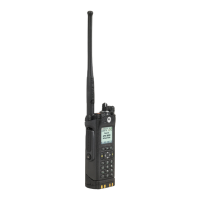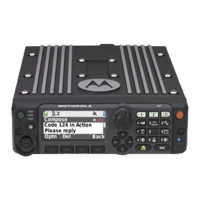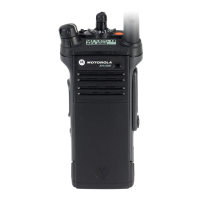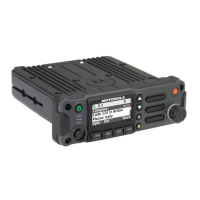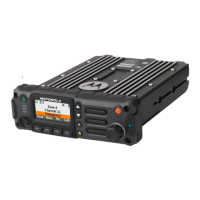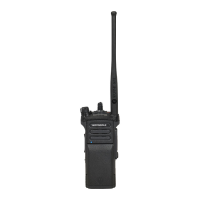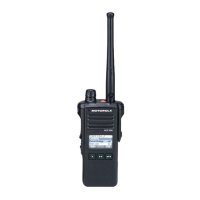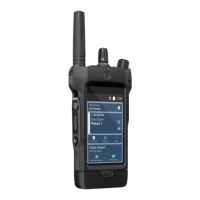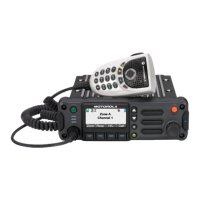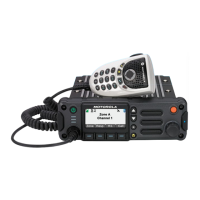Preparing Your Radio for Use
English
11
Your radio is successfully
secured to the carry holster.
Removing Your Radio from the Carry Holster
Push the hook of the carry
holster to release your radio
top.
Pull your radio out from the
carry holster.
APX_3000_M1.book Page 11 Thursday, November 7, 2013 4:48 PM
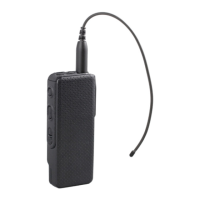
